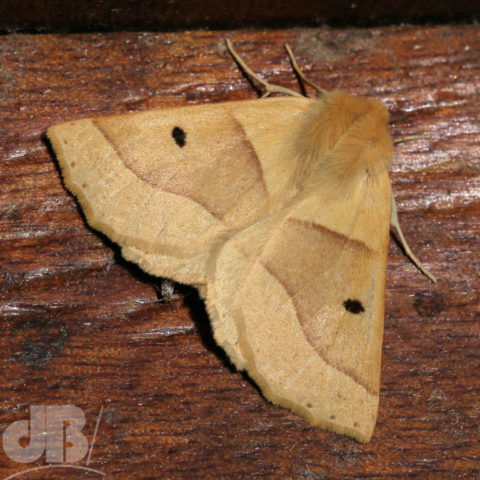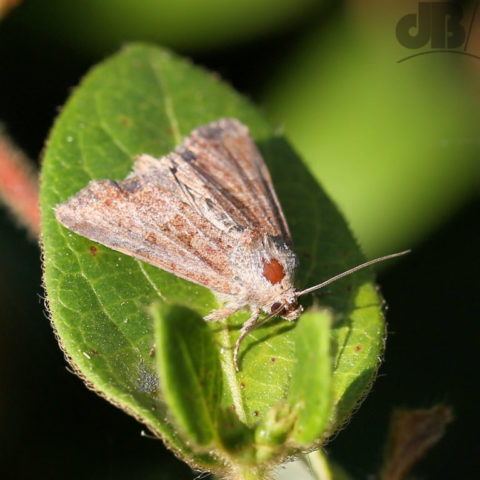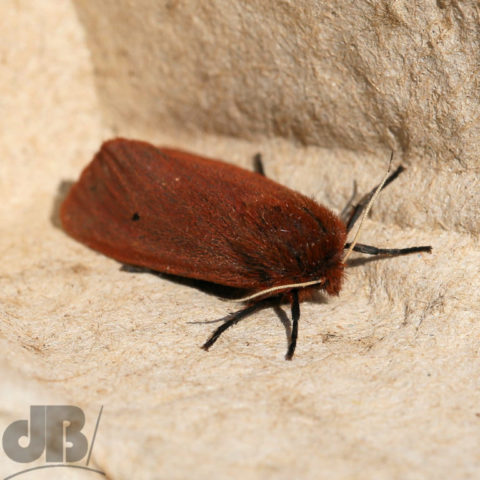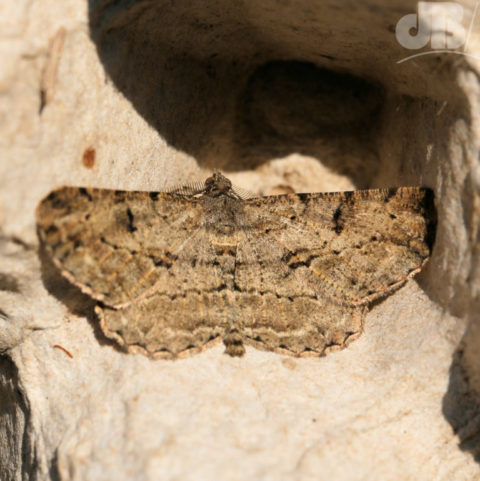Literally, the easiest way to identify a moth is to have an expert friend, I’ve mentioned Brian and Rob in previous posts. They have helped me tag a couple of dozen different moth species over the last couple of days. I think, to be honest, that’s basically all of them, I think I identified just one myself.

There are something like 160000 species of moth around the world, many without a name, many yet to be discovered, many species identified and long-since extinct, and many more that we never knew. The earliest known lepidoptera fossils date to between 40 and 50 million years ago.

Etymologically the word moth comes from the Old English moððe, which is close to the Northumbrian word mohðe both similar to common Germanic, Old Norse motti, Dutch mot, and German motte. People with a morbid fear of moths are said to have mottephobia, those who love moths might be referred to as mottephiles.

Okay, so there are a lot of different types of moth, many of them look very, very similar. Many cannot be distinguished from their close relatives by a superficial look at them and require dissection or genetic profiling to distinguish between them. Now, I mentioned having friends who can ID them for you, but obviously, pestering and brain-picking friends grows tiring…for those friends. There are plenty of websites that might help:
http://www.ukmoths.org.uk/ is probably the best place to start. Brian points out that you can use the family thumbnail search as a starting point. “If in doubt with a larger moth try noctuidae for moths with wings held tent-like and geometridae for those resting with the wings flat,” he suggests. “Only a guide though as not all in those families behave the same.

Another good resource is http://www.hantsmoths.org.uk/. You can browse by subfamily as well so it makes it a bit easier, he tells me. https://www.norfolkmoths.co.uk is also good for searching by thumbnail. Brian suggests that, “You should soon get a feel for the different families.”
Some of the websites have a “flying tonight” section, which alludes to what species might be in the air at any given time of year and so what you might expect to see in your trap in the morning and what the local pipistrelle bats will be dining on. For those in my locale (near Cambridge, UK), the best resource for the status of any given moth is http://www.hmbg.org/, Brian tells me. It spefically covers the old county of Hunts & Peterborough, but that’s close enough to be useful for anyone across inland East Anglia and the East Midlands, I suspect. There may be moth sites in your region that offer a similar “in the air tonight” update.
One aspect of moths that is truly fascinating is the range and the style of their common names…this is the list of what I’ve ID’ed (or had pointed out to me) just in two mornings of being a nouveau mottephile:
- Blood vein (Timandra comae)
- Brown-tail (Euproctis chrysorrhoea)
- Buff Ermine (Spilosoma lutea)
- Burnished Brass (Diachrysia chrysitis)
- Cloaked Minor (Mesoligia furuncula)
- Common Rustic agg. (Mesapamea secalis)
- Copper Underwing (Amphipyra pyramidea)
- Dark Arches (Apamea monoglypha)
- Dusky Brocade (Apamea remissa)
- Dusky Sallow Eremobia ochroleuca
- Large Yellow Underwing (Noctua pronuba)
- Least Carpet (Idaea rusticata)
- Pebble Hook-tip (Drepana falcataria)
- Poplar Hawk Moth (Laothoe populi)
- Rose-flounced Tabby (Endotricha flammealis)
- Ruby Tiger (Phragmatobia fuliginosa)
- Scalloped Oak (Crocallis elinguaria)
- The Dun-bar (Cosmia trapezina)
- The Rustic/The Uncertain (Hoplodrina blanda/octogenaria)
- Turnip Moth (Agrotis segetum)
- Willow Beauty (Peribatodes rhomboidaria)
Some of those names are quite mundane. Large Yellow for instance, isn’t so grand, but Dusky Brocade, what imagery does that suggest? The Dun-bar sounds like a particularly enticing single-malt Scotch Whisky and The Uncertain beggars endless questions. Some of the names are functional, one might say, Poplar Hawk Moths, presumably lay their eggs preferentially in poplar trees, while the Scalloped Oak perhaps simply looks like a slice of oak wood that has had scallopes removed from its edge. And, how fierce does the Ruby Tiger sound compared to the (newly named) Rose Flounced Tabby?
Hopefully, tomorrow I will have a new collection to share with a whole new range of names. Brian just pointed out that there are about 2800 species of moth in the UK and he reckons he could at one time ID about 1000. He also adds rather ominously that there are probably 700 species in your back garden. This is mothology lark is certainly something of a deep rabbit hole. At least with stamp collecting the critters sit still and don’t fly away.